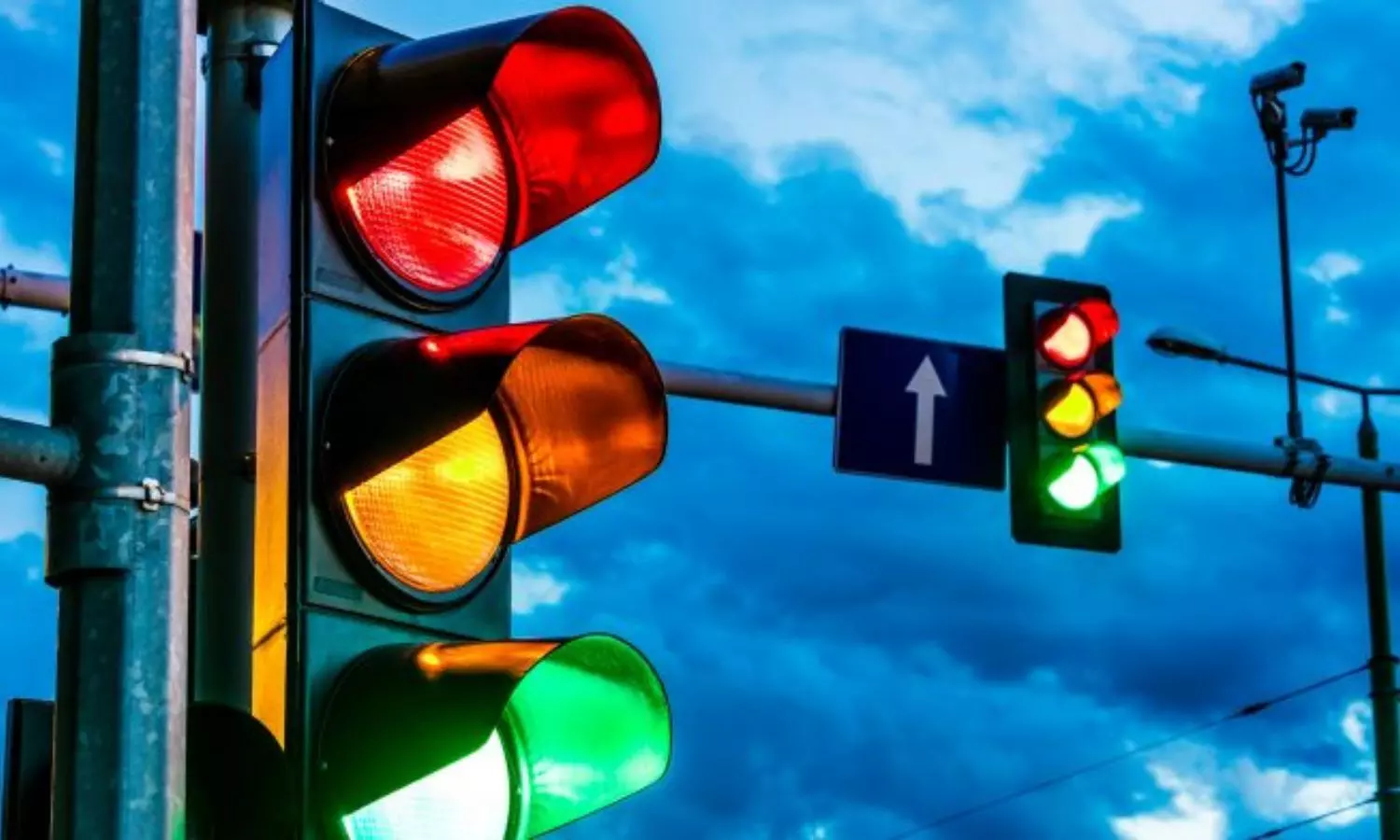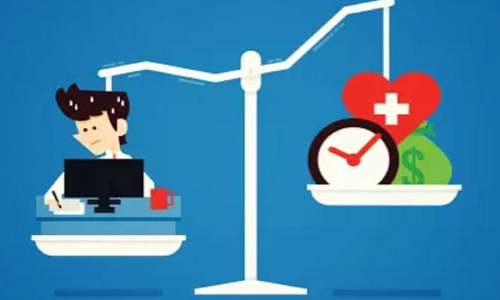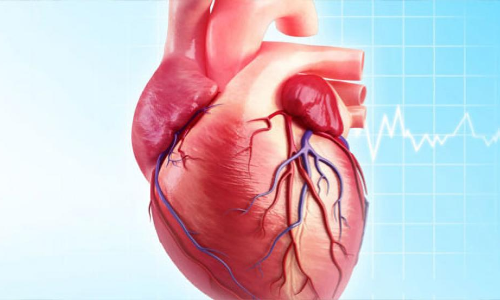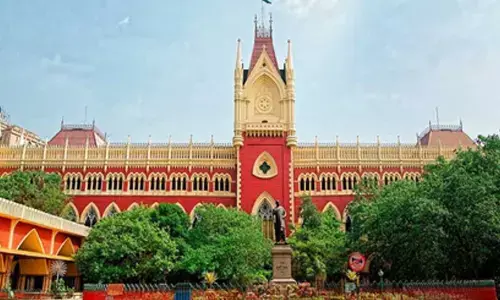How Smart AI Traffic Lights Help Prioritize Environment by Optimizing Traffic

AI Traffic Lights are being widely launched in the country due to the increasing traffic congestion in major cities. Learn how Smart traffic lights can optimize traffic and protect the environment.
We all have been in a situation where we are stuck at a red signal light but there are no cars in the other directions. During such times we feel irritated and impatient as we lose both time as well as fuel. This problem is soon going to be history and we need to thank smart traffic lights and AI traffic control for this.
Let us learn how new technologies like computerized traffic signals, adaptive traffic lights, and IoT traffic management are changing the way traffic is being managed and how it is helping the environment too.
What Are Smart Traffic Lights?
Smart Traffic lights are signal systems that use technology like sensors, cameras, artificial intelligence, and wireless communication to manage vehicle flow more efficiently than traditional lights. Instead of working on fixed timers, these smart signals work in real time and make real-time decisions. Unlike old-fashioned lights that run on fixed timers, computerized traffic signals adjust based on the actual traffic they see. They use technologies like deep learning for traffic flow and edge computing for traffic management to analyze data and quickly make changes that improve how vehicles move.
For example, if a smart system detects that one road is empty while another is jammed, it can change the green light timing to clear the busy road faster. This leads to fewer cars idling, less fuel wasted, and lower air pollution. Isn’t that a smart way to save our planet?
How AI Traffic Control Optimizes Traffic
With the help of AI traffic control, these smart systems can:
- Detect the number of vehicles at an intersection.
- Check which lane has more traffic and prioritize them by giving them longer green lights.
- Reduce waiting time for vehicles where traffic is lighter.
- Quickly clear traffic after accidents or during rush hours.
This means cars move more smoothly through intersections, saving time and fuel, and reducing air pollution.
How AI Traffic Control Protects the Environment
It is true that we all hate being stuck in traffic jams. But did you know that it not only wastes our time but harms the environment in ways we cannot imagine? One of the biggest ways AI traffic control or smart traffic lights help the planet is by cutting down on traffic jams. When vehicles are stuck in long lines, they burn extra fuel and release more carbon dioxide. With adaptive traffic lights powered by AI, traffic flows more smoothly, which means:
- Less time sitting in traffic
- Lower emissions
- Reduced noise pollution
- Better fuel economy for drivers
In some cities, smart traffic systems using AI have already reduced travel times by up to 25% and emissions by around 20%.
IoT Traffic Management
IoT (Internet of Things) Traffic Management is going to be one of the most powerful systems that controls and manages cars. IoT connects traffic lights, cameras, sensors, and vehicles together. In IoT traffic management, these devices talk to each other to share real-time information. For instance, if there is a car accident ahead, then the traffic sensor detects it and informs the other traffic signals which in turn can adjust the traffic signals to redirect vehicles and prevent further congestion. This not only keeps drivers safer but also makes sure that cars aren’t stuck burning fuel for no reason.
With the increasing number of vehicles on the road and the traffic congestion caused by it, the need for smart and digital solutions is more than ever. Smart traffic lights, AI traffic control, computerized traffic signals, adaptive traffic lights, and IoT traffic management are not just improving the traffic scenarios but also leading the way to cleaner, greener roads.

















